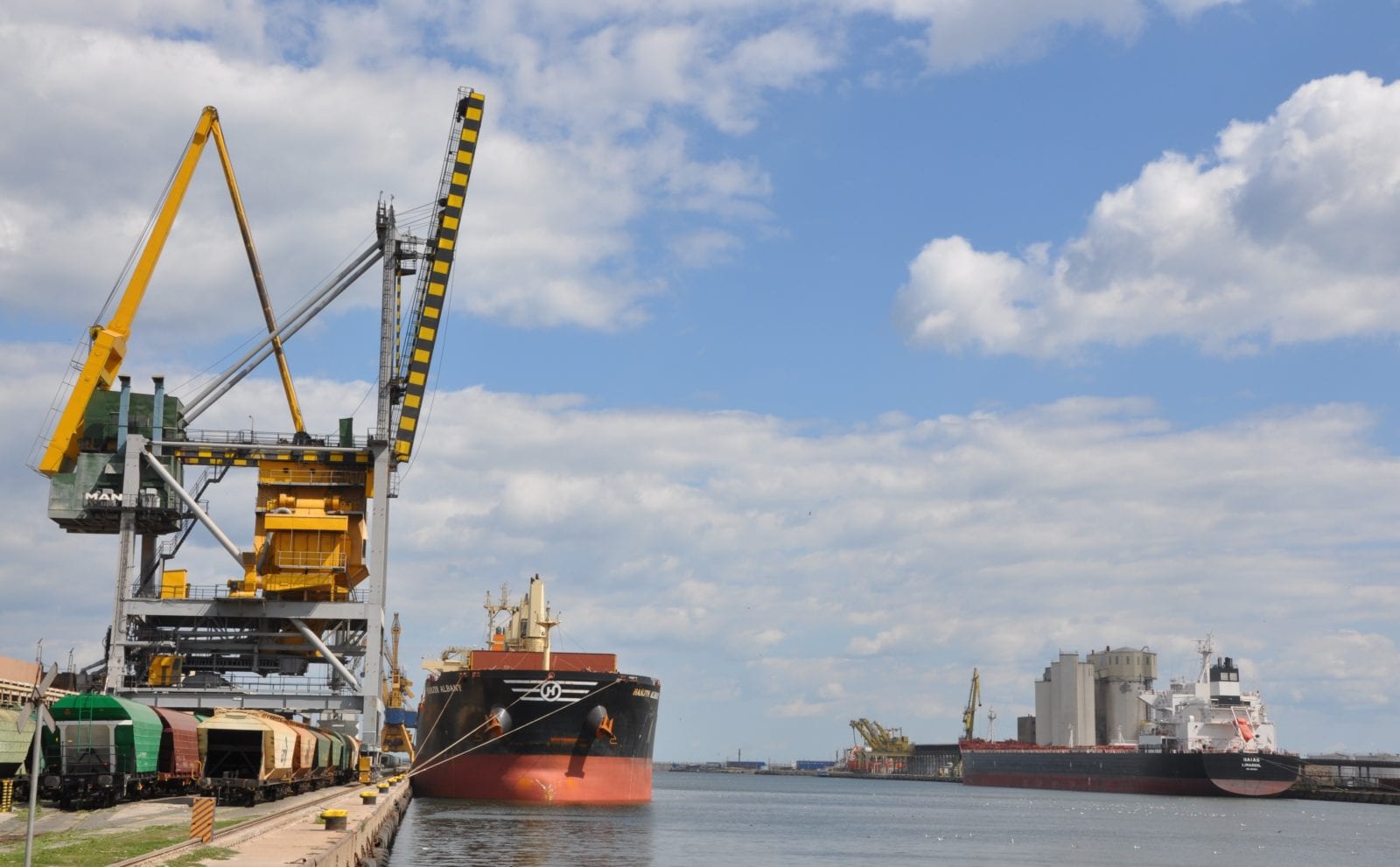Africa Trade Exchange USDA Credit Guarantee Programs
- Category:
- Market Access

All domestic and international trade requires financing. Companies often use credit to buy commodities and pay loans back over time. What happens when interest rates are too high? Or when an importer of U.S. agriculture products operates in a high-risk market? With 31 years of experience in the Foreign Agriculture Service Department, Philip Shull addressed these issues during USSEC’s Africa Trade Exchange on November 10th, 2020. He explained how the U.S. Department of Agriculture offers two programs to facilitate the international trade financing process: the GSM-102 Export Credit Guarantee Program and the Facilities Credit Guarantee Program.
The purpose of these programs is to promote exports of U.S. agricultural products by greatly reducing the non-payment risk of selling to emerging markets. Both programs follow a two-step process. If an importer needs funds to purchase a shipment of soybeans or equipment, then they must borrow money from a USDA-approved local bank. The local bank then borrows funds from a USDA-approved U.S. bank so that a Letter of Credit (L/C) can be opened to the exporter’s account. The USDA helps mitigate the risk of non-payment by guaranteeing up to a 98% of the loan. To clarify, the USDA does not lend any money but guarantees that U.S. banks will receive up to 98% of the loan in case of default. The GSM-102 program works with credit terms up to 18 months, and the Facility Guarantee Program works with credit terms up to 10 years. Moreover, in this two-step process a U.S. bank examines the credit worthiness of the overseas bank, and the overseas bank examines the credit worthiness of the importer.
The main difference between the two programs is that the GSM-102 Export Credit Guarantee Program applies mainly to U.S. commodity exports, and the Facility Guarantee Program applies mainly to purchases of agriculture-related facilities that will primarily be used to process, transport, or store U.S. agricultural products. The goal of both programs is to increase sales of U.S. agriculture products; both programs focus on developing countries. The GSM-102 Credit Guarantee program does so by facilitating the financing of agriculture product sales, and the Facility Guarantee Program does so by facilitating the financing of agriculture-related facilities in countries where infrastructure limits the demand for U.S. agriculture products.
The GSM-102 Export Credit Guarantee Program has been used successfully on many occasions over the decades. Philip Shull mentions that the USDA has only very rarely had to pay a U.S. bank for losses due to default by an overseas bank.
The much newer Facility Guarantee Program has a few stand out features; most notably credit terms of up to ten years. While local overseas farmers are sometimes leery of programs such as GSM-102 that may compete against their products, the Facility Guarantee Program strengthens infrastructure that may help them as well. Limited capacity for storage, processing, and handling in developing countries poses a barrier in the value chain for both U.S. agriculture and local agriculture sales.
The goal of USSEC’s initiatives in promoting the Facility Guarantee Program is to increase countries’ development of infrastructure to increase demand and capacity for purchases of U.S. soy. Additionally, the goal of promoting the GSM-102 is to increase U.S. exporter awareness, as it is an exporter led program. Increased utilization of the GSM-102 program would lead to a higher volume of U.S. agriculture sales in developing countries. In this way, we meet the needs of our global customers in providing U.S. soy for a growing world.
For more information about the programs you can visit the USDA GSM-102 Export Credit Guarantee Program page or Facility Guarantee Program page. To see a list of registered banks in Africa and to learn more about the programs’ features and qualifications access Philip Shull’s African Trade Exchange presentation.